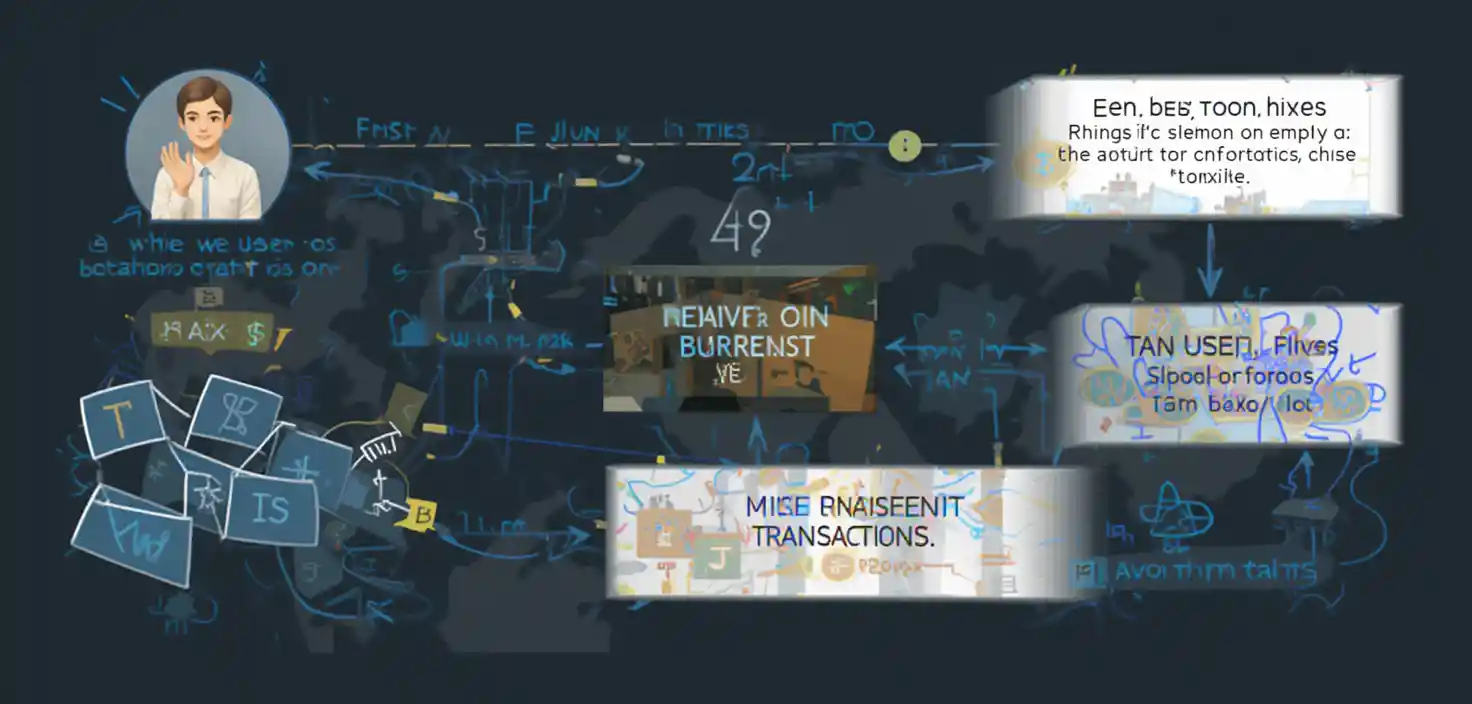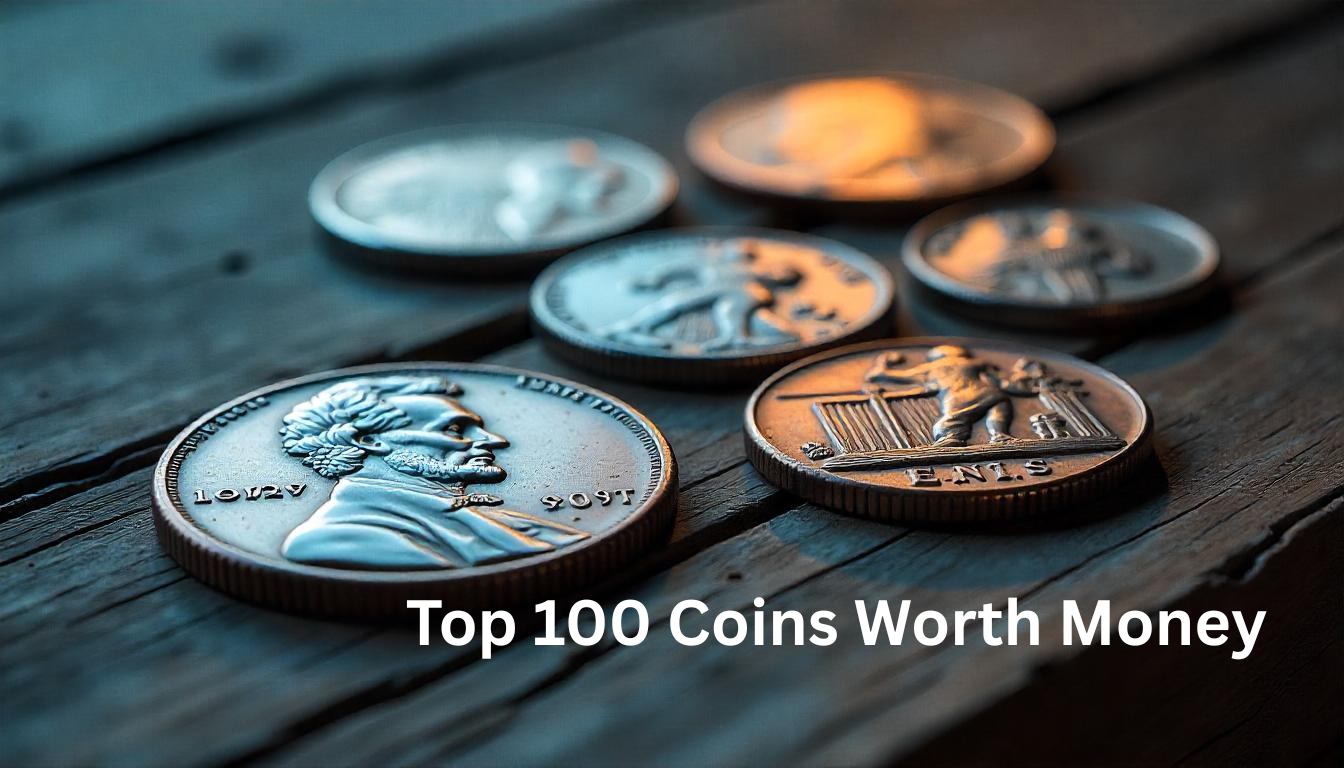Imagine a digital world where transactions are secure, transparent, and tamper-proof. Welcome to the realm of block crypto, where blockchain technology forms the backbone of cryptocurrencies and beyond. As we delve into what is block crypto, we’ll explore its core components, applications, and future trends. Whether you’re a seasoned investor or just curious about digital transactions, understanding block crypto is essential for navigating the evolving landscape of finance and technology.
What is Block Crypto?
Block crypto refers to the use of blocks in cryptocurrency transactions. A block is essentially a container that holds a set of transactions, which are verified and linked to previous blocks, forming a blockchain. This technology is the backbone of cryptocurrencies like Bitcoin and Ethereum, ensuring that transactions are secure, transparent, and tamper-proof.
Key Components of a Block
Each block in a blockchain consists of several key components:
- Block Header: This includes essential information such as the block version, the hash of the previous block, a timestamp, and a difficulty target.
- Transaction Data: The body of the block contains a list of transactions that have been verified by the network.
- Hash: A unique identifier generated from the block’s contents, which serves as a reference to the previous block, ensuring the integrity of the chain.
How Blocks Are Created
The process of adding new blocks to the blockchain is known as mining. Miners compete to solve complex cryptographic puzzles, and the first to succeed gets to add a new block to the chain. This process not only secures the network but also incentivizes miners with cryptocurrency rewards.
Example: Bitcoin Mining
In Bitcoin, miners use powerful computers to solve these puzzles. The difficulty of solving these puzzles adjusts every 2016 blocks to maintain a consistent block creation rate. This mechanism ensures that the network remains stable and secure.
Applications Beyond Cryptocurrency
While block crypto is closely associated with cryptocurrencies, the technology has broader applications:
- Supply Chain Management: Blocks can be used to track goods, ensuring authenticity and transparency.
- Smart Contracts: Blocks can execute automated contracts based on predefined conditions.
- Digital Identity: Blocks can securely store personal data, protecting privacy.
Real-World Examples
- Arcade City: A ride-sharing platform that uses blockchain to decentralize ride-sharing services.
- Gem: A startup working with the CDC to track disease outbreaks using blockchain.
- MedRec: An MIT project for managing electronic medical records securely.
Understanding the Benefits of Block Crypto
The use of blocks in block crypto offers several benefits:
- Security: The decentralized and immutable nature of blocks ensures that transactions are secure.
- Transparency: All transactions are recorded publicly, allowing for complete visibility.
- Efficiency: Automated processes like smart contracts can streamline business operations.

Key Benefits in Detail
- Immutable Transactions: Once a block is added to the chain, its contents cannot be altered.
- Decentralized Network: The blockchain is not stored in a single location; instead, it is distributed across a network of computers (nodes), making it virtually impossible to manipulate.
- Cost Reductions: Blockchain eliminates the need for third-party verification, reducing transaction costs.
Challenges and Future Developments
Despite its advantages, block crypto faces challenges such as scalability and environmental impact due to energy-intensive mining processes. However, ongoing developments like proof-of-stake (PoS) aim to reduce these issues while maintaining security.
Emerging Trends
- AI Integration: Combining blockchain with AI can enhance security and decision-making capabilities.
- DeFi Growth: Decentralized finance is gaining traction, offering alternatives to traditional financial systems.
- Regulatory Clarity: Governments are providing clearer regulations, paving the way for blockchain adoption.
What is Block Crypto in the Context of Blockchain Trends?
As blockchain technology evolves, what is block crypto becomes more than just a component of cryptocurrency transactions. It represents a fundamental shift towards decentralized, secure, and transparent data management. Whether it’s in finance, healthcare, or supply chain management, blocks are the building blocks of this revolution.
Blockchain Trends to Watch
- Blockchain-as-a-Service (BaaS): Companies are adopting BaaS to streamline operations and enhance security.
- Decentralized AI Platforms: These platforms leverage blockchain to distribute computation and data storage, enhancing privacy and security.
- Cross-Chain Solutions: Enabling seamless communication between different blockchain networks.
The Future of Block Crypto
As we look into the future, what is block crypto will continue to evolve with advancements in technology. The integration of AI and blockchain promises to create more secure and efficient systems. Whether it’s in the financial sector or beyond, blocks will remain the core of blockchain technology.
Future Developments
- Quantum Computing: Blockchain networks will need to adapt to post-quantum cryptography to maintain security.
- Sustainability: Energy-efficient consensus mechanisms like PoS are becoming more prevalent.
- Regulatory Frameworks: Clearer regulations will facilitate broader adoption of blockchain technology.

Frequently Asked Questions
What is Block Crypto?
Block crypto refers to the use of blocks in cryptocurrency transactions. A block is a container that holds a set of transactions, which are verified and linked to previous blocks, forming a blockchain. This technology is the backbone of cryptocurrencies like Bitcoin and Ethereum.
How Does a Block Work in Blockchain?
A block is a digital container that stores verified transaction data and links to other blocks in the chain. Each block contains a header with important information and a body listing all the transactions. Once a block is added to the chain, its contents cannot be altered.
What is the Purpose of Mining in Block Crypto?
Mining is the process of validating new blocks of transactions and adding them to the blockchain. Miners compete to solve complex cryptographic puzzles, and the first to succeed gets to add a new block and is rewarded with cryptocurrency.
How Long Does It Take to Create a New Block?
The time it takes to create a new block varies among blockchain networks. For example, Bitcoin averages about 10 minutes per block, while Ethereum creates new blocks every few seconds.
What is the Difference Between Proof-of-Work (PoW) and Proof-of-Stake (PoS)?
Proof-of-work (PoW) requires computational work to solve cryptographic puzzles, whereas proof-of-stake (PoS) involves validators staking cryptocurrency to participate in validating blocks. Both methods secure the network but differ in energy consumption and validation process.
Can Blocks Be Altered Once Added to the Blockchain?
No, once a block is added to the blockchain, its contents cannot be altered. This is due to the cryptographic links between blocks, making the blockchain an immutable record.
What Are the Benefits of Using Blocks in Blockchain?
The use of blocks provides security, transparency, and efficiency. Transactions are secure and tamper-proof, all data is publicly accessible, and processes like smart contracts can automate business operations.
How Do Blocks Contribute to Blockchain Security?
Blocks contribute to blockchain security by creating an immutable record. Each block is linked to the previous one through hashes, making it virtually impossible to alter past transactions without affecting the entire chain.
What Are Some Applications of Block Crypto Beyond Cryptocurrency?
Block crypto has applications beyond cryptocurrency, including supply chain management, digital identity management, and smart contracts. These applications leverage the security and transparency of blockchain technology.
How Does Block Size Affect Blockchain Performance?
Block size affects network performance by determining how many transactions can be processed at once. Larger blocks can handle more transactions but require more resources, while smaller blocks are easier to validate but limit transaction capacity.
Conclusion
As we explore the world of block crypto, it’s clear that blocks are the foundational elements that make blockchain technology robust and reliable. Whether you’re interested in cryptocurrency, smart contracts, or other blockchain applications, understanding how blocks work is essential. What is block crypto if not a testament to innovation and security in the digital age? As technology continues to evolve, embracing block crypto can open doors to new opportunities in finance, technology, and beyond.






